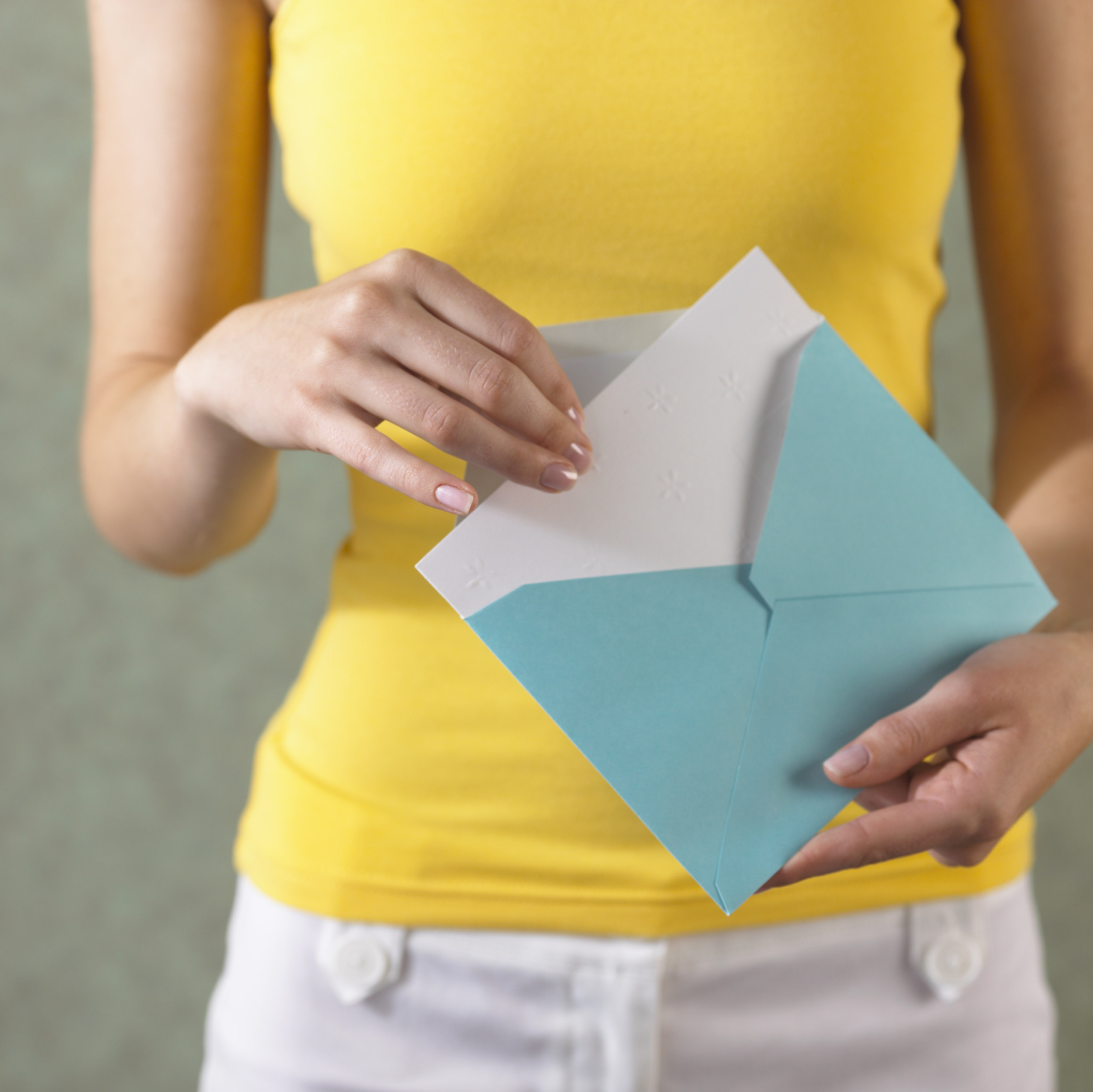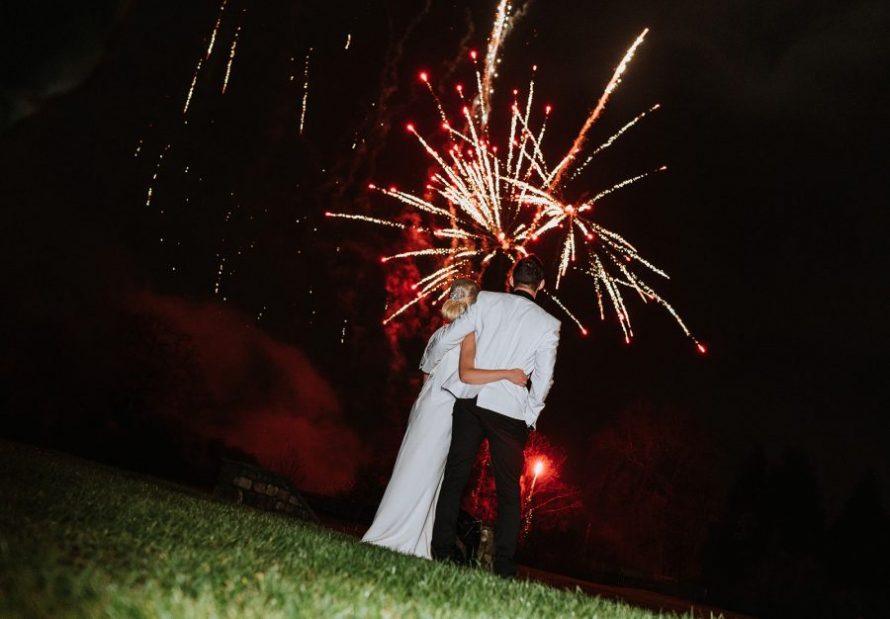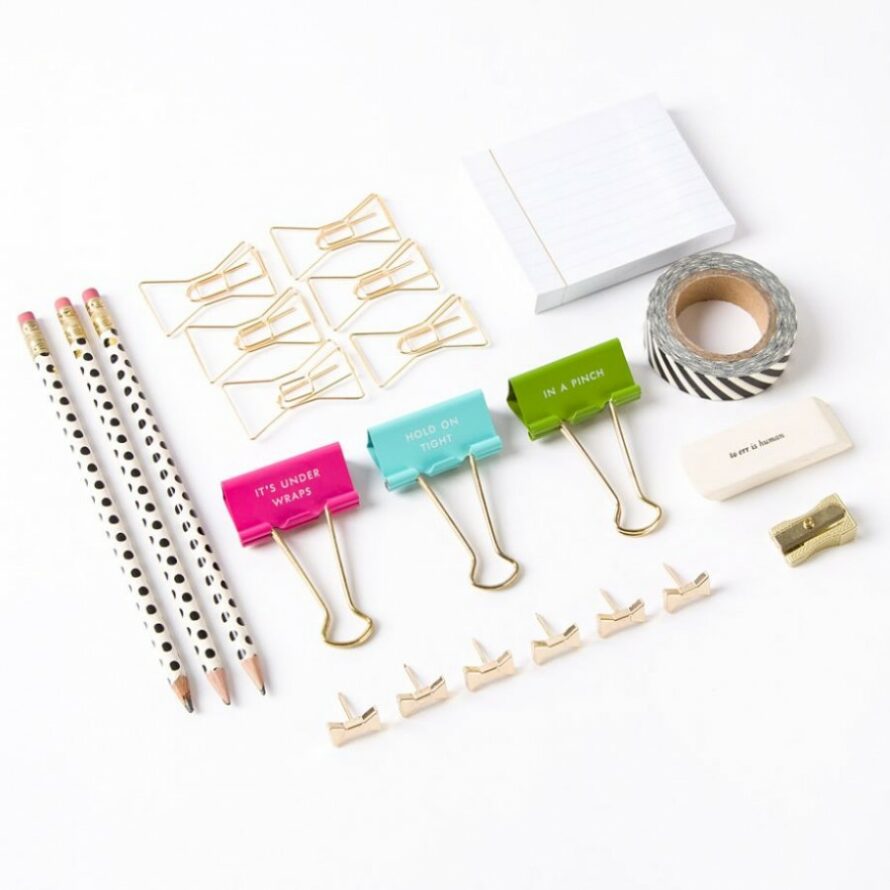Adding an RSVP card to your wedding invitations is a great way to make it easy for your guests to reply, and to ensure the reply goes to the right place. Check out this RSVP FAQ to find out more about sending RSVP cards.
What information to include to RSVP card?
You should make sure your guests have a way of stating whether they are able to attend or not and provide some additional space in case they wish to include a personal note. The date and time of the wedding should be mentioned again on the RSVP cards, together with the names of the invited guests.
What should the card look like?
An RSVP card could either be a postcard that has printing on one side, with the address on the other side, or one small card and a co-ordinated envelope. The second option is typically more formal, but both types can be used for any wedding, if you just ensure the card design works with the wedding invitation.
Should postage be included?
It’s a great idea to include a postage stamp on the RSVP card or envelope, and this makes it simpler for guests to reply and makes it more likely that they will. Check carefully to ensure you add the right postage, especially if you some guests are from further away. For overseas guests it might be difficult to get the right stamps, unless you have plenty of guests from one specific country and you can get a relative who lives there to purchase the stamps for you.
What if guests add names to the RSVP?
Unfortunately, no matter how blunt and clear you are, some guests will still include extra names to the RSVP cards. Even if you distinctly address your invitation to individual persons, many will suppose they can bring their children or even a date along, and will include these on the RSVP note. You can prevent this by listing each of the invited guests on the card and adding tick boxes for each labelled ‘attending’ and ‘not attending’.
What date should we set for RSVP?
To guarantee they have enough time to finalise numbers with suppliers, organise a seating plan, and check with guests that haven’t responded, the majority of couples set the RSVP date three weeks prior to the big day.
What is people don’t RSVP?
Just adding an RSVP card should be a clear enough clue that you expect a reply. If you add ‘regrets’ as an option on the reply note, ticking it indicates the guest can’t attend. If you add ‘regrets only’ on the reply note that signifies that only guests who can’t make it need to reply; if you receive no reply you will presume they are coming. Unfortunately, you will always have to deal with some guests that don’t reply. These invites must be followed up with a phone call in the final days leading up to the big day.
What about electronic RSVPs?
It is becoming increasingly popular to create a dedicated e-mail address or website for guests to use to reply to your wedding invitation, and add this along with the RSVP date on the invite. Take a look at your guest list and consider whether people will embrace this technology, or if there are a few older guests that might prefer the formality of an RSVP note. Electronic RSVPs are environmentally friendly; saving both paper and ink, and they make easy for the majority of people.
By adding an RSVP card, you are making it evident that a reply is expected, and much more of your guests will reply than if you don’t. Some guests might not know that they should send a formal reply, and some might simply not remember to do it. Adding an RSVP card to your wedding invitation makes it easier for your guests to reply; particularly if you also put a pre-addressed envelope inside.




